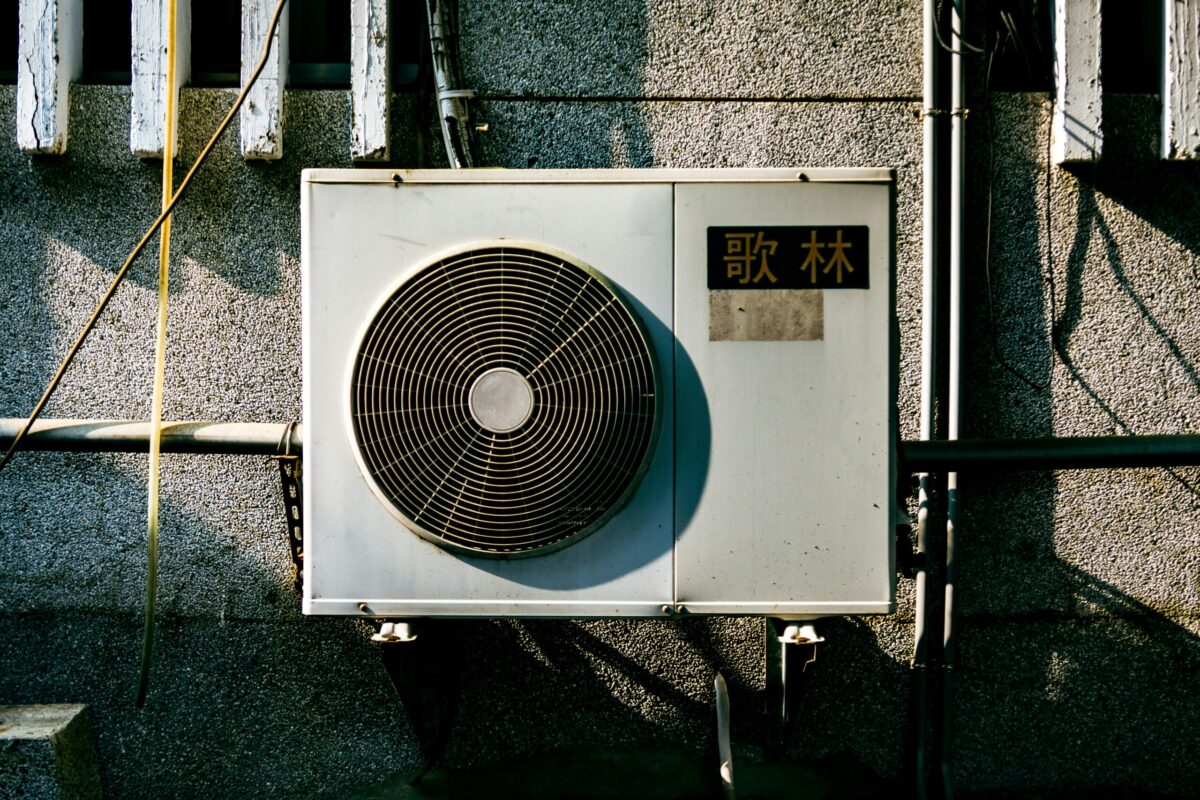Load shedding is a well-known concept among South Africans and occurs when troubled national utility Eskom reduces power supply because demand on the network is too much for it to handle.
The measure is a last resort in emergencies after all attempts to balance supply and demand have failed and a solution is needed to prevent complete breakdown of the system.
On Sunday, Eskom unexpectedly announced it had started load shedding. Although it was initially planning to start from Stage 2 of its eight-step load shedding schedule, the situation escalated to Stage 4 as a further seven generating units tripped within five hours. The load shedding decision was due, the company said, to unspecified generation shortages over the weekend and constraints in diesel supply.
This morning, Eskom said load shedding was lowered to Stage 3 but the utility appealed to consumers to use electricity sparingly.
New capacity needed quickly
Chris Ahlfeldt, energy specialist at Blue Horizon Energy Consulting Services, explained some of the reasons for the crisis to pv magazine, and said renewable energy is the solution.
“Eskom’s continued supply challenges suggest new additional capacity may need to be built sooner than [was] estimated in the draft Integrated Resource Plan, if Eskom’s plant availability remains this low,” said the analyst.
According to Ahlfeldt, the utility’s newest power stations, at Medupi and Kusile – which are under development– are struggling with building delays and low reliability due to “design flaws” that are compounding the generation capacity problem. The 4.8 GW Medupi facility is a dry-cooled, coal-fired power station being built by Eskom near Lephalale in Limpopo province. The Kusile coal power plant, which is planned to also have a 4.8 GW generation capacity, is being constructed near eMalahleni – formerly Witbank – in Mpumalanga province.
Coal is no solution
Commenting on the energy crisis and the South African government’s recently announced plan to privatize Eskom, Ahlfeldt said details about the unbundling of the utility into three separate entities still needed to be worked out, but will likely level the playing field for renewable energy generators who want to sell to Eskom at competitive prices. “The future transmission system operator should prioritize least-cost generation sources rather than more expensive and environmentally non-compliant energy supplied by some of Eskom’s existing coal plants,” he said.
Ahlfeldt said the supply shortfall would be worse if it wasn’t for more than 4 GW of renewable energy capacity – including around 1.6 GW of PV – supplied by 65 independent power producers providing electricity to the utility. “Eskom should do more to encourage customers to invest in distributed generation, like rooftop solar PV, which both increases supply and can improve customer loyalty over the long-term as prosumers benefit from selling excess electricity into the system,” he said.
Union opposition
To gain more popularity among energy workers, the renewable energy industry should start a dialogue with them, Ahlfeldt said.
The unions are not only fiercely opposing the Eskom privatization plan, but fought to delay the signing of 27 outstanding power purchase agreements for large-scale renewable energy projects. Although the contracts were finally signed in April, trade unions were able to delay their finalization more than two years, even after final prices were renegotiated.
“The renewables industry has also expressed its willingness to work with labor unions to help retrofit some coalmining sites with renewable energy power plants and offer training to re-skill local workers in renewable energy jobs, so there is a lot to gain for all involved in moving the energy industry forward,” said Ahlfeldt. He added, renewable technologies have demonstrated they can create more jobs and provide more distributed benefits than a traditional, centralized energy sector.
In another sign of Eskom’s problems, energy intensive mining company Harmony Gold today announced it intends to develop a 30 MW solar project to improve power supply, according to news agency Reuters.
“Our Eskom bill is massive. To replace Eskom would be a fallacy, we won’t be able to do that,” Harmony CEO Peter Steenkamp reportedly told the agency. “We can, however, where we have long term projects… we can start building solar plants.”
Small and medium-sized businesses are also struggling with load shedding, as power interruptions seriously affect productivity and profit.
“Hopefully the current power crisis will lead to faster government action to reform Eskom and the energy sector as a whole,” Ahlfeldt added.
This content is protected by copyright and may not be reused. If you want to cooperate with us and would like to reuse some of our content, please contact: editors@pv-magazine.com.




10 comments
By submitting this form you agree to pv magazine using your data for the purposes of publishing your comment.
Your personal data will only be disclosed or otherwise transmitted to third parties for the purposes of spam filtering or if this is necessary for technical maintenance of the website. Any other transfer to third parties will not take place unless this is justified on the basis of applicable data protection regulations or if pv magazine is legally obliged to do so.
You may revoke this consent at any time with effect for the future, in which case your personal data will be deleted immediately. Otherwise, your data will be deleted if pv magazine has processed your request or the purpose of data storage is fulfilled.
Further information on data privacy can be found in our Data Protection Policy.